what is an alumina ball?
Alumina ball is a spherical material with aluminum oxide (Al₂O₃) as the main component, which has widespread applications in various fields and is mainly divided into grinding alumina ball, filler alumina ball, and refractory alumina ball.
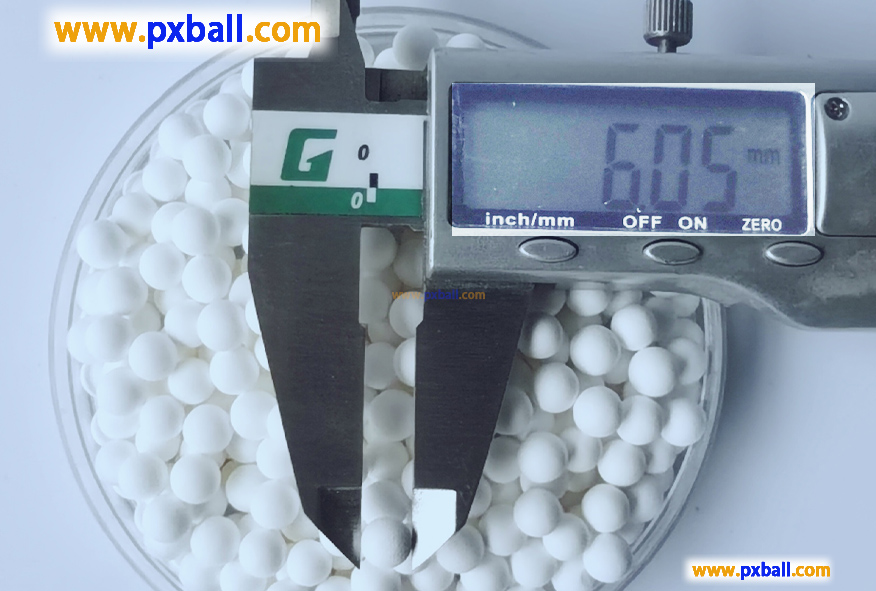
Characteristics of Alumina Balls:
High Hardness: Alumina balls have a high hardness, with a Mohs hardness of around 9, second only to diamond. This makes them excellent in some wear-resistant applications, such as in grinding and polishing industrial operations where they can effectively act on the processed material without wearing down easily.
High Temperature Resistance: They can withstand high-temperature environments and generally maintain stable physical and chemical properties at temperatures up to 1600°C or even higher. Therefore, they are often used in high-temperature reactions and furnaces in related industrial scenes.
Chemical Stability: They have good resistance to most acid and alkali chemicals, allowing them to withstand the corrosion of chemical media in some chemical reactions or chemical processes. This ensures that their structure and performance are not affected, allowing them to maintain a normal working state.
The Role of Alumina Balls
Grinding Alumina Ball Balls: These are primarily used in material processing applications such as grinding and crushing. For example, in ceramic production, the raw materials are finely ground using alumina balls to make the particles more uniform and smaller, which meets the requirements for raw material particle size in ceramic products. In the mining industry, alumina balls are used for initial grinding of ores to facilitate subsequent processing steps.
Catalyst Support Alumina Ball Balls: These are commonly used as fillers in various reactors and towers in the chemical and petroleum industries. For example, in the catalytic cracking unit of petroleum refining, alumina balls are used as fillers to increase the contact area between reactants, improve reaction efficiency, and provide support and dispersion to ensure that the reactants are evenly distributed within the equipment for a more complete reaction.
Refractory Alumina Ball Balls: These are specifically designed for use in high-temperature refractory applications, such as the lining of various industrial furnaces. For example, in steel production, alumina balls are used as lining materials for high-temperature furnaces, such as blast furnaces and hot air furnaces, as well as glass melting furnaces, to effectively resist the erosion of high temperatures on the furnace shell and maintain a high-temperature environment to ensure the normal operation of production processes.
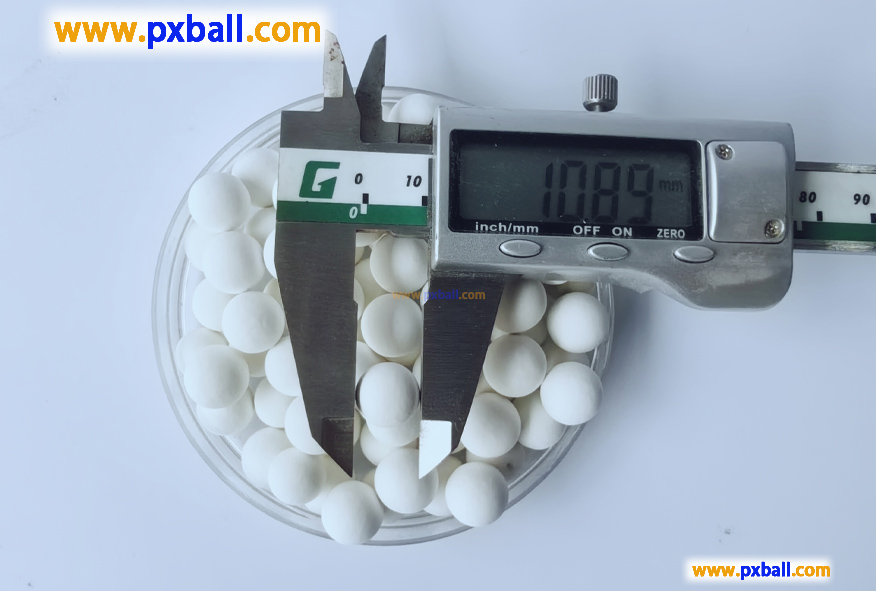
Manufacturing Methods of Alumina Balls:
Dry Isostatic Pressing: Alumina powder is placed in a mold and compacted under isostatic pressure to form the balls. This method produces alumina balls with high density and high strength.
Spheronization Method: Alumina powder is mixed with an appropriate amount of water to form ball-shaped particles, which are then dried and sintered. This method produces alumina balls with low cost and high production efficiency.
Why are alumina balls distinguished by their spherical shape?
Why is the "spherical" shape emphasized? This is because alumina has such widespread applications, and the performance of alumina products in various fields is greatly influenced by the morphology and size of the raw powder particles. Among various shapes of powder particles, spherical particles have a regular morphology, a smaller specific surface area, a higher packing density, better fluidity, and can greatly improve the application performance of the products.
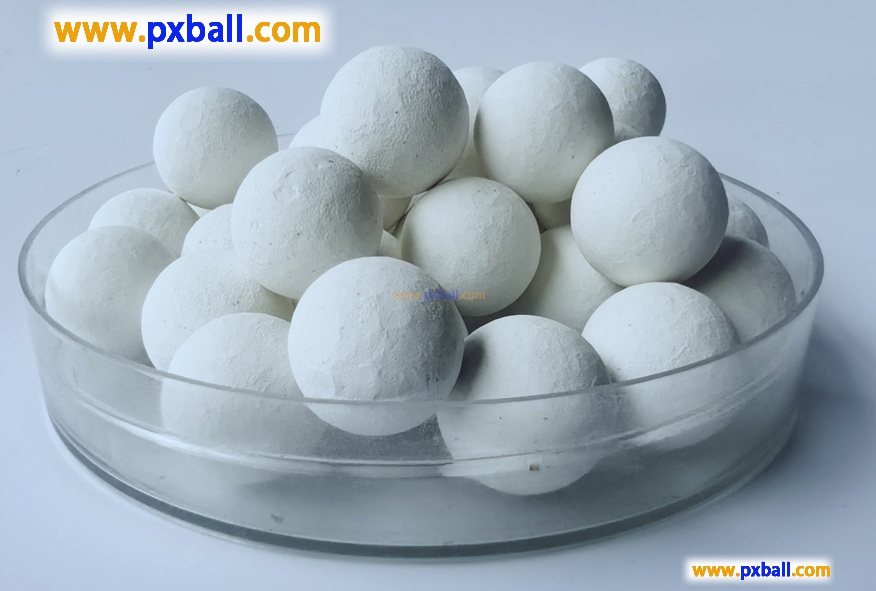
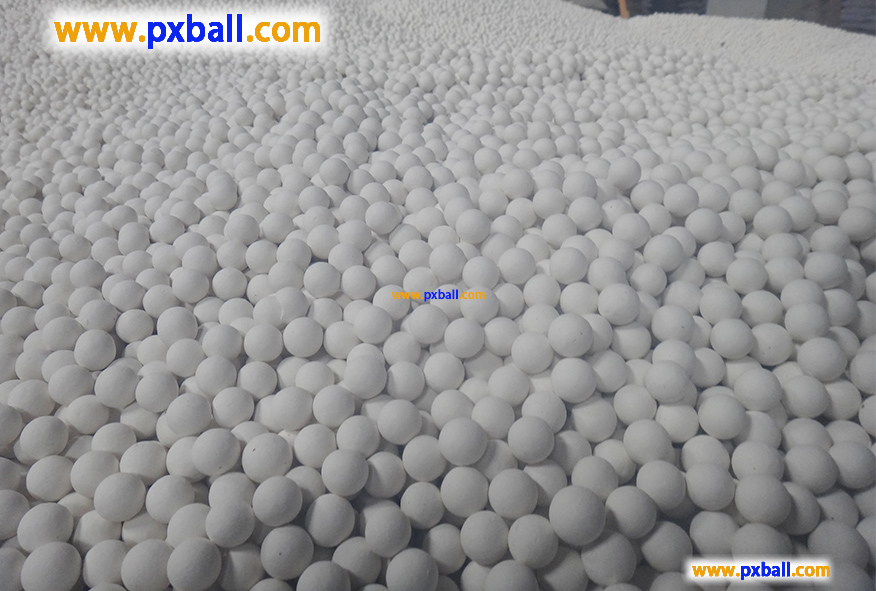
Catalyst Inert Ceramic Packing Process
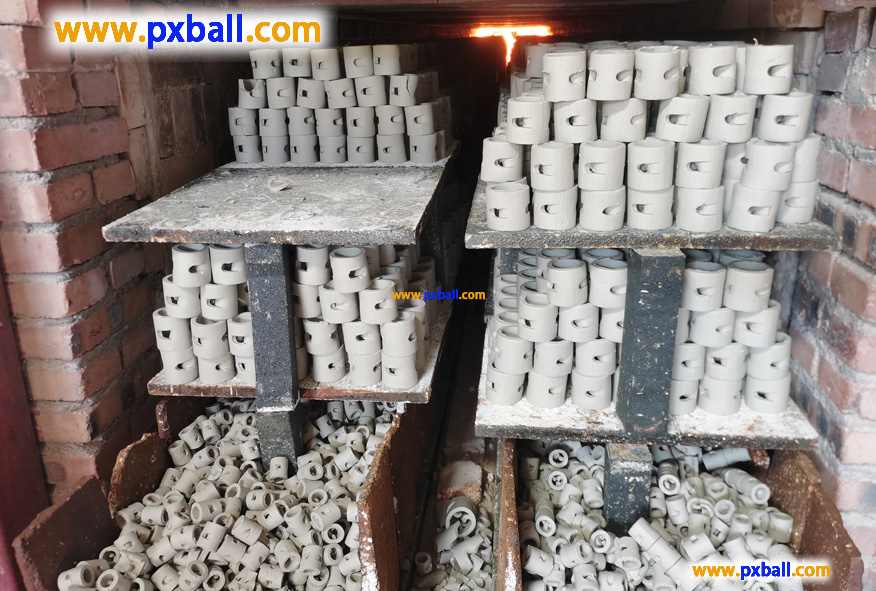
Is ceramic an inert waste?
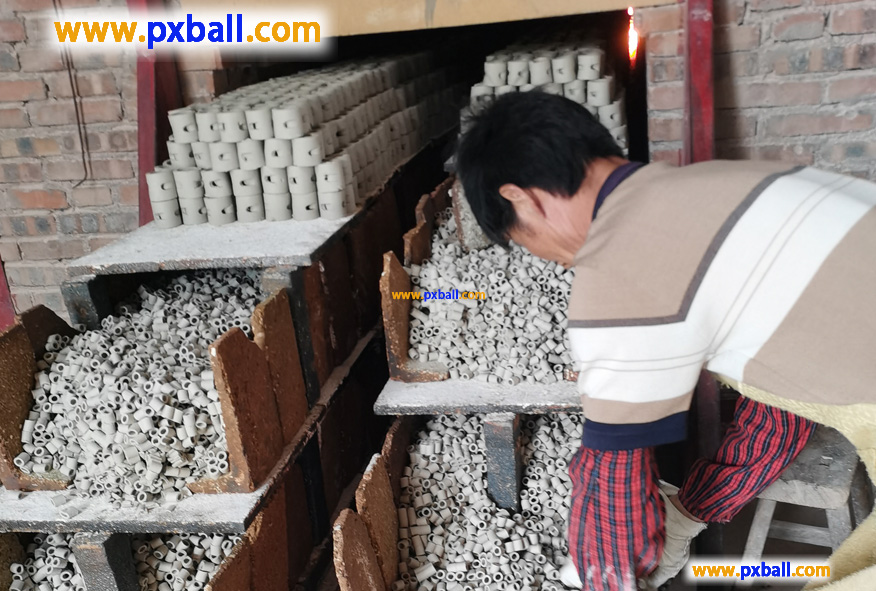
Are ceramics chemically inert?
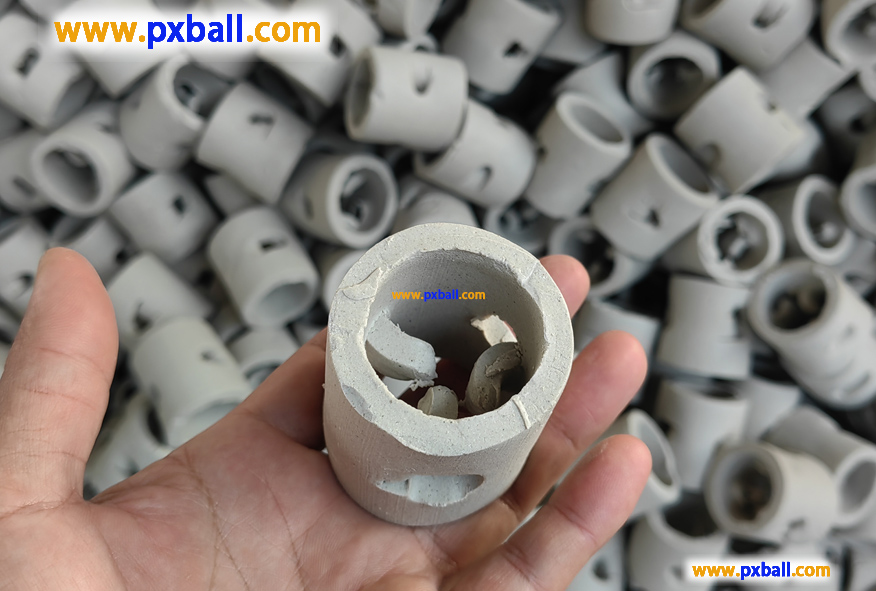
What is inert ceramics?
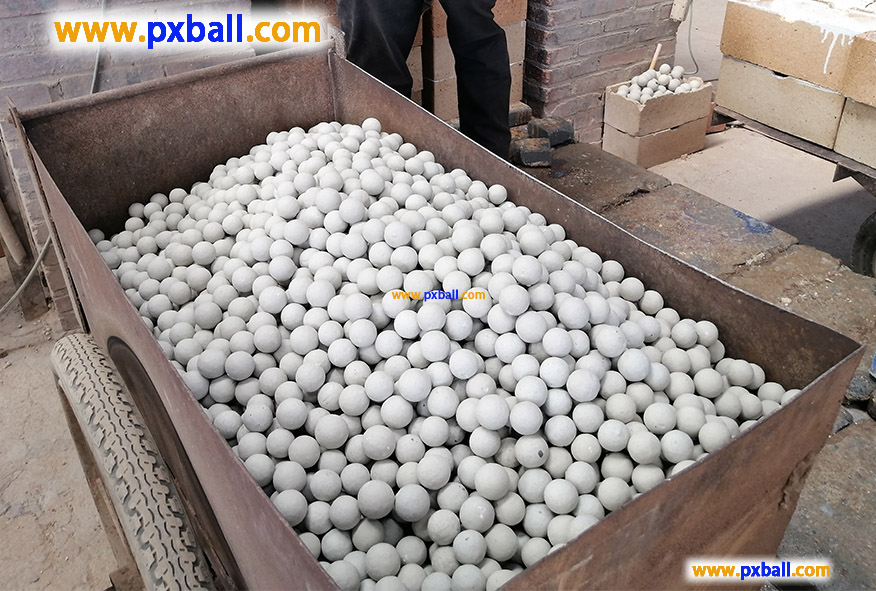
inert alumina ceramic ball density

Why do inert ceramic balls emphasize the level of aluminium content?
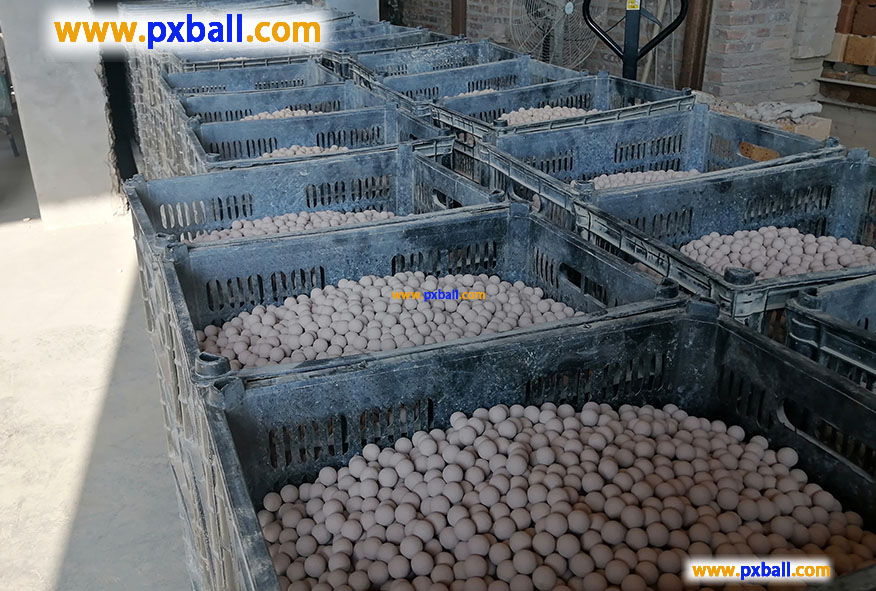
What are alumina ceramic balls used for?
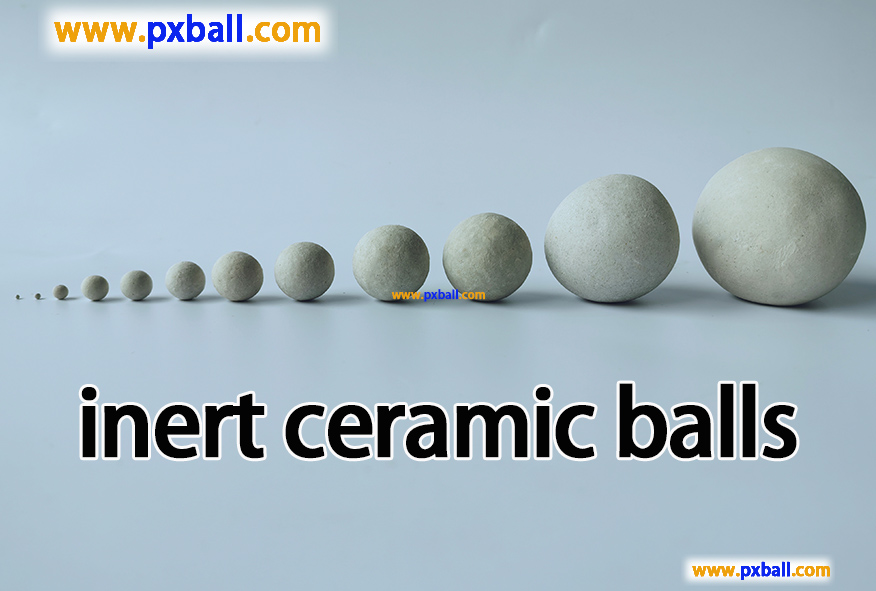
What is inert ceramic ball?